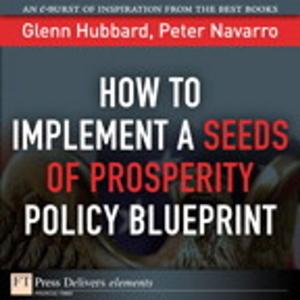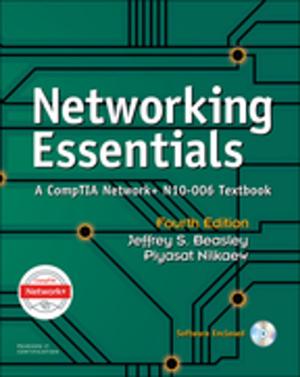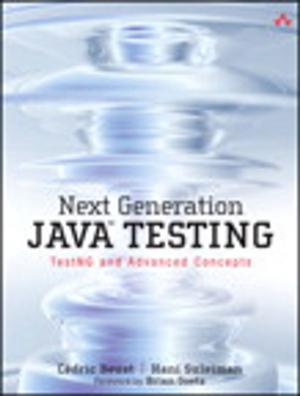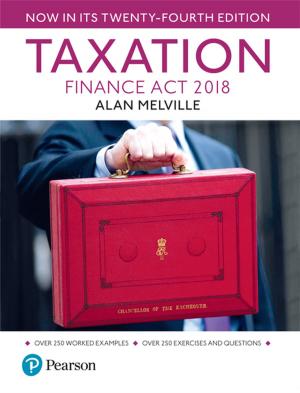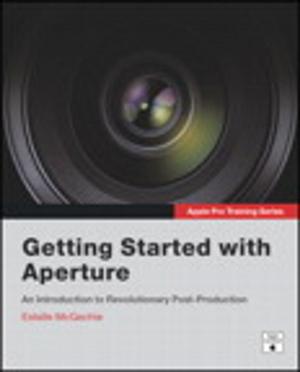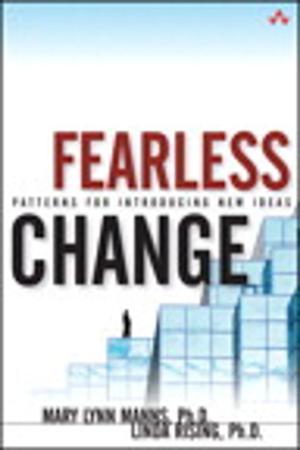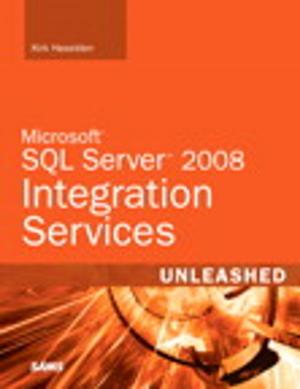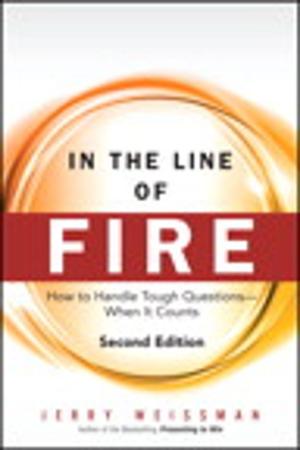Being Agile
Eleven Breakthrough Techniques to Keep You from "Waterfalling Backward"
Nonfiction, Computers, Programming, Software Development| Author: | Leslie Ekas, Scott Will | ISBN: | 9780133375633 |
| Publisher: | Pearson Education | Publication: | October 15, 2013 |
| Imprint: | IBM Press | Language: | English |
| Author: | Leslie Ekas, Scott Will |
| ISBN: | 9780133375633 |
| Publisher: | Pearson Education |
| Publication: | October 15, 2013 |
| Imprint: | IBM Press |
| Language: | English |
Break the Old, Waterfall Habits that Hinder Agile Success:
Drive Rapid Value and Continuous Improvement
When agile teams don’t get immediate results, it’s tempting for them to fall back into old habits that make success even less likely. In Being Agile, Leslie Ekas and Scott Will present eleven powerful techniques for rapidly gaining substantial value from agile, making agile methods stick, and launching a “virtuous circle” of continuous improvement.
Drawing on their experience helping more than 100 teams transition to agile, the authors review its key principles, identify corresponding practices, and offer breakthrough approaches for implementing them. Using their techniques, you can break typical waterfall patterns and go beyond merely “doing agile” to actually thinking and being agile.
Ekas and Will help you clear away silos, improve stakeholder interaction, eliminate waste and waterfall-style inefficiencies, and lead the agile transition far more successfully. Each of their eleven principles can stand on its own: when you combine them, they become even more valuable.
Coverage includes
- Building “whole teams” that cut across silos and work together throughout a product’s lifecycle
- Engaging product stakeholders earlier and far more effectively
- Overcoming inefficient “waterations” and “big batch” waterfall thinking
- Getting past the curse of multi-tasking
- Eliminating dangerous technical and project debt
- Repeatedly deploying “release-ready” software in real user environments
- Delivering what customers really need, not what you think they need
- Fixing the root causes of problems so they don’t recur
- Learning from experience: mastering continuous improvement
- Assessing whether you’re just “doing agile” or actually “being agile”
Being Agile will be indispensable for all software professionals now adopting agile; for coaches, managers, engineers, and team members who want to get more value from it and for students discovering it for the first time.
Break the Old, Waterfall Habits that Hinder Agile Success:
Drive Rapid Value and Continuous Improvement
When agile teams don’t get immediate results, it’s tempting for them to fall back into old habits that make success even less likely. In Being Agile, Leslie Ekas and Scott Will present eleven powerful techniques for rapidly gaining substantial value from agile, making agile methods stick, and launching a “virtuous circle” of continuous improvement.
Drawing on their experience helping more than 100 teams transition to agile, the authors review its key principles, identify corresponding practices, and offer breakthrough approaches for implementing them. Using their techniques, you can break typical waterfall patterns and go beyond merely “doing agile” to actually thinking and being agile.
Ekas and Will help you clear away silos, improve stakeholder interaction, eliminate waste and waterfall-style inefficiencies, and lead the agile transition far more successfully. Each of their eleven principles can stand on its own: when you combine them, they become even more valuable.
Coverage includes
- Building “whole teams” that cut across silos and work together throughout a product’s lifecycle
- Engaging product stakeholders earlier and far more effectively
- Overcoming inefficient “waterations” and “big batch” waterfall thinking
- Getting past the curse of multi-tasking
- Eliminating dangerous technical and project debt
- Repeatedly deploying “release-ready” software in real user environments
- Delivering what customers really need, not what you think they need
- Fixing the root causes of problems so they don’t recur
- Learning from experience: mastering continuous improvement
- Assessing whether you’re just “doing agile” or actually “being agile”
Being Agile will be indispensable for all software professionals now adopting agile; for coaches, managers, engineers, and team members who want to get more value from it and for students discovering it for the first time.

